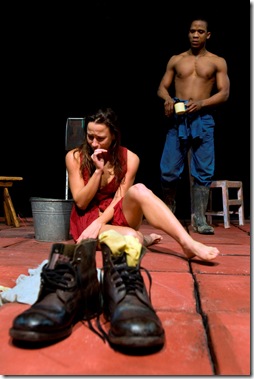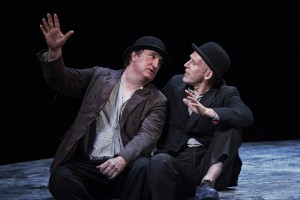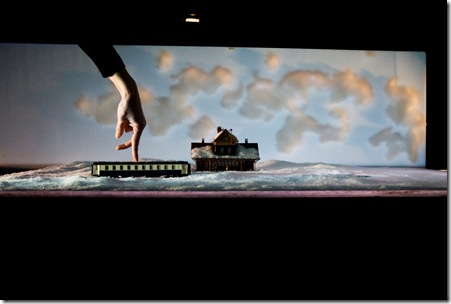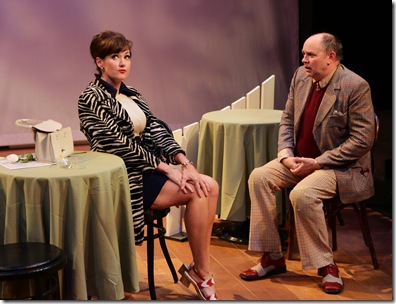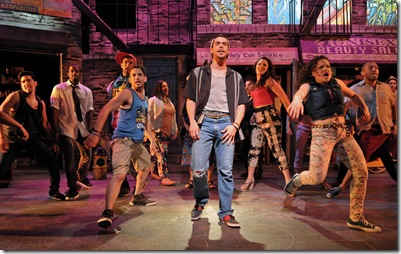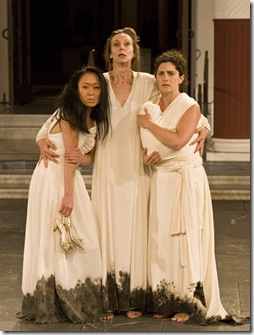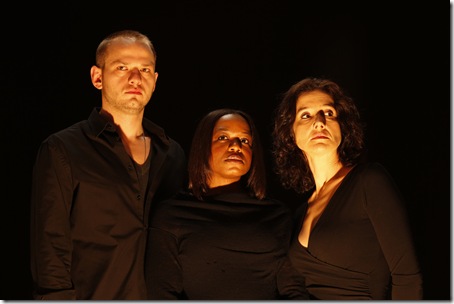
Photo by Andrew Alexander
By Jane Baldwin
On May 24, I attended the première of The Boston Abolitionists Project at the Loeb Theatre in Cambridge, MA. This performance is one of several combined theatrical and scholarly undertakings, commissioned by the Civil War Project to observe the 150th anniversary of that singular event in U.S. history. It was also the final production of the graduating class of the American Repertory Theatre (A.R.T.) Institute for Advanced Theatre Training. Among the many talented students was Ottawa’s Henry Shikongo, remembered for his roles in, among others, the musical Blood Brothers and the poetic Under Milk Wood, the latter an award-winning production shown at the Shenkman Centre in Orleans.
In The Boston Abolitionists, a devised piece, created by the graduating students and director Steven Bogart, Shikongo played two major roles: Jonathan, a fictional character and the historical Anthony Burns, a runaway slave, captured, tried, convicted, and returned to Virginia under the infamous Fugitive Slave Act. Both had distinct personalities and mannerisms. Anthony Burns, depressed, frightened, angry, and largely silent was particularly notable for Shikongo’s physicality, a distinguishing feature of his Ottawa stage appearances as well.
…
Read More Read More
